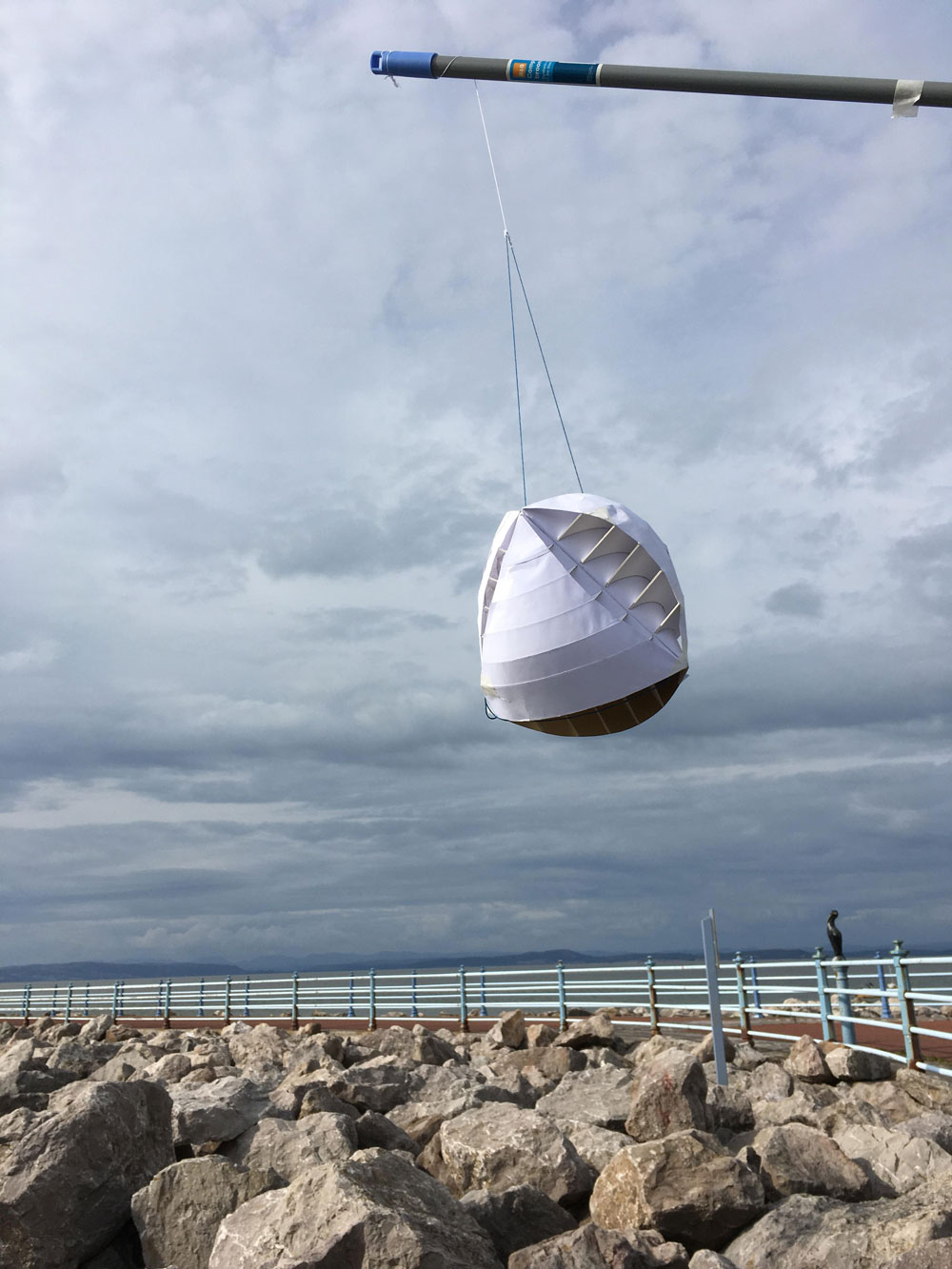Wind turbines are usually concentrated in large open areas with few obstacles to airflow, but a new design could clear the way for people living in cities to generate wind power at home.

Two graduates from a British university have bagged the $53,000 International James Dyson Award for an omnidirectional wind turbine design they say could be used to generate energy in urban areas.
The innovative design was the brainchild of Lancaster University graduates Nicholas Orellana and Yaseen Noorani.
In a video, the designers explained their invention, dubbed the O-Wind Turbine, will move in the same axis and direction of whichever way the wind blows. This allows energy harvesting in built-up areas where multiple obstacles can cause wind to travel in a chaotic manner.
“It allows people living in apartments to generate their own electricity,” Orellana added.
The designers believe their invention would be cheap to manufacture and install because of the simplicity of the design. They are also focused on making it last.
“We want it to be reliable for many years,” said Orellana.
Inspired by NASA
The O-Wind Turbine prototype is only 25 cm in diameter. The geometric vents in its spherical design allow it to spin in a constant axis and direction. It can be connected through a gearing system to an electrical generator to provide energy directly or feed into the grid.
Orellana was inspired by the NASA Mars Tumbleweed Rover. This simple but effective vehicle was an inflatable ball designed to bounce on the planetary surface. The team adapted the idea to energy generation.
The designers would like to see their invention installed on the side of tall buildings and balconies to take advantage of high wind speeds.
“We hope that O-Wind Turbine will improve the usability and affordability of turbines for people across the world. Cities are windy places but we are currently not harnessing this resource,” Orellana explained.
Solution to an “enormous challenge”
The James Dyson Awards are open to current and recent design engineering students, and invite entrants to design something that solves a problem. The awards are run by James Dyson Foundation, which was set up by the British industrial engineer who invented the dual cyclone bagless vacuum cleaner and founded the Dyson empire.
Australia’s national Dyson Award was claimed in September by engineers Yuma Decaux and Jake Dean for their high-tech take on a tape measure – the Macaron.
James Dyson selected the O-Wind inventors as this year’s international winners, and praised Noorani and Orellano for their “ingenious concept”.
“It takes the enormous challenge of producing renewable energy, and using geometry it can harness energy in places where we’ve scarcely been looking – cities,” he said.
Noorani and Orellana said the award had given them a framework to work towards commercialisation, and also validation for their concept to encourage people to use green energy by making it easier to generate. They also hope it will improve their chances in the market.
“In the future, when we go looking for investment, saying we had an invention that has been awarded gives it a lot more chances of getting supported,” said Orellana.
The next steps for the O-Wind team will be to improve the design, and determine the best materials and ideal size for a commercial version of their invention.